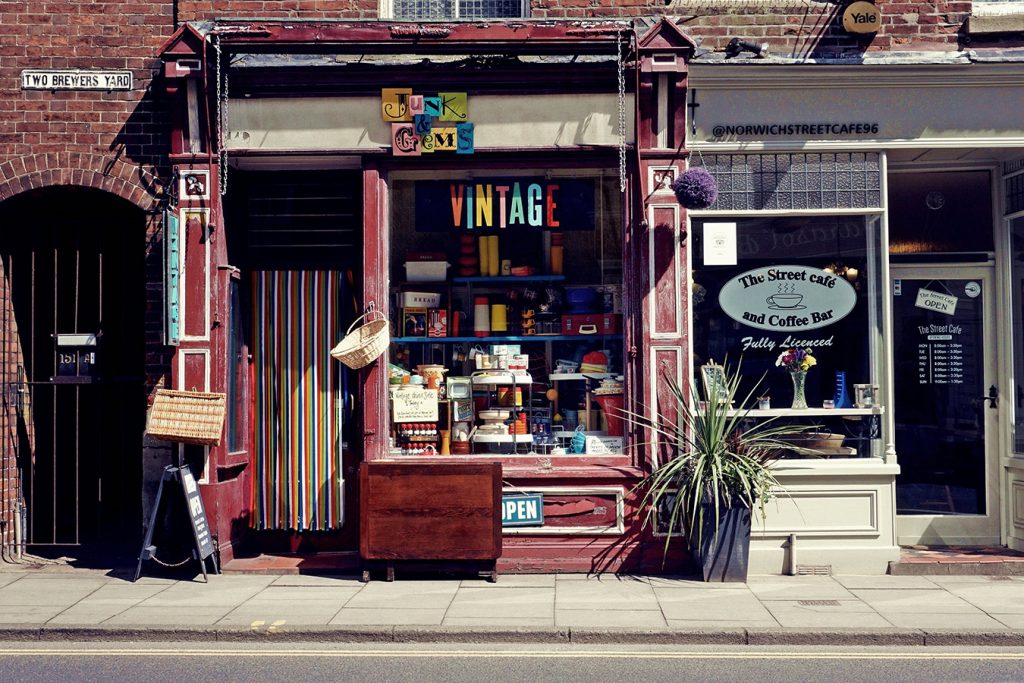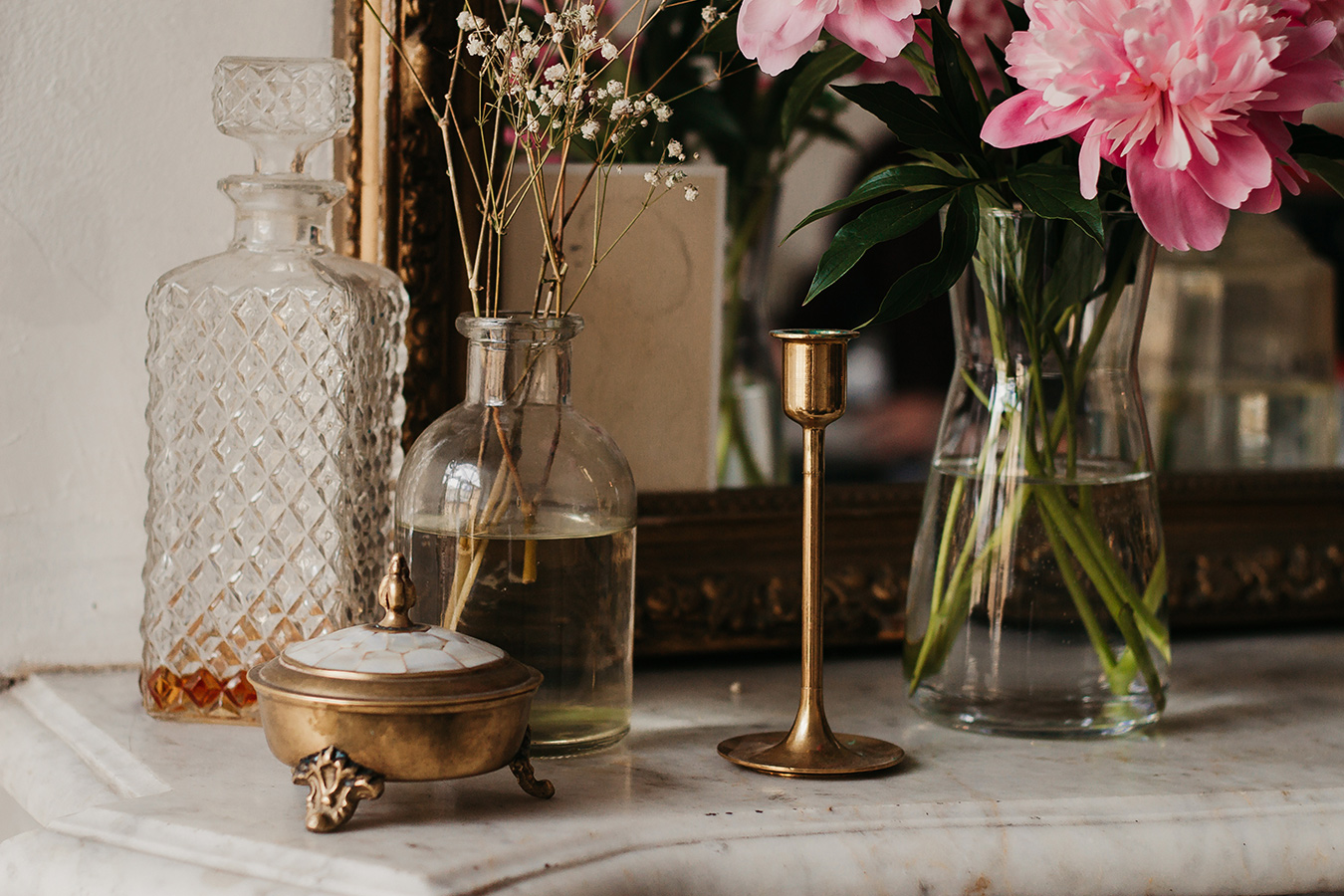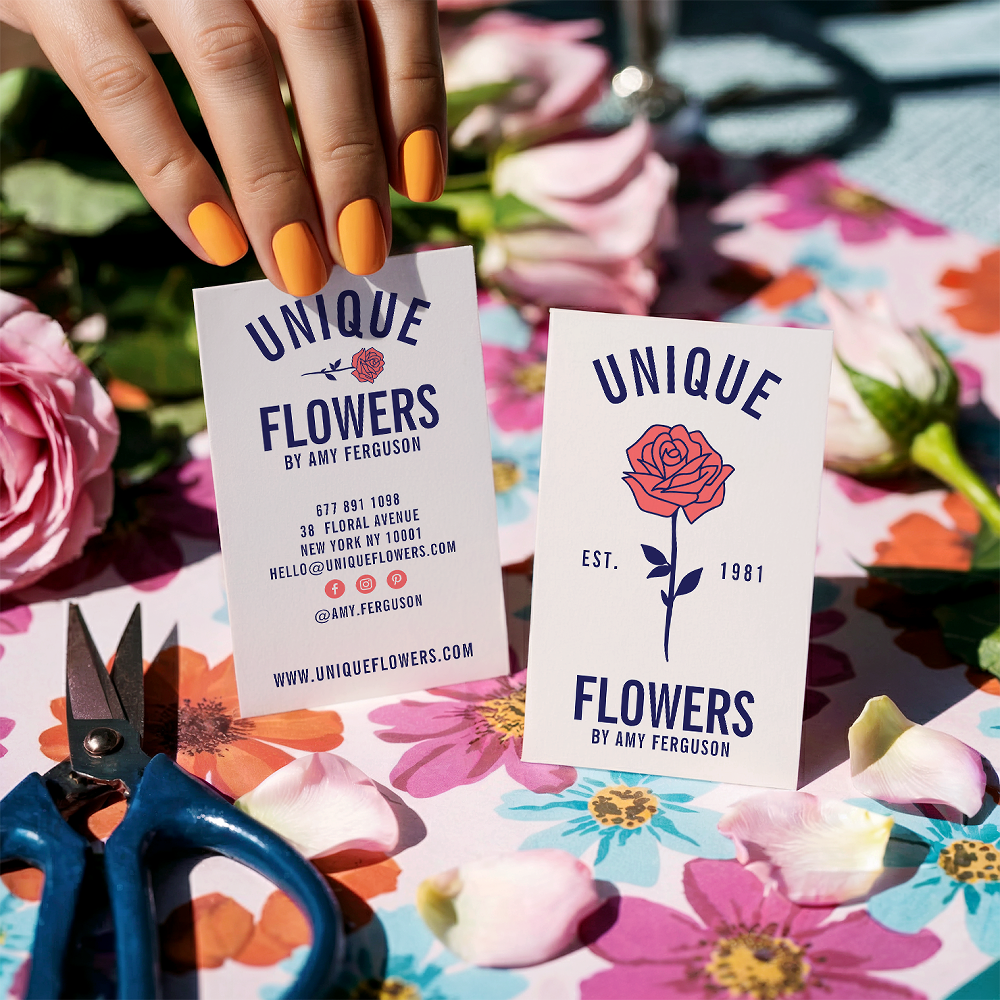Whether your goal is to save some money or just to be a more “thrifty” shopper, thrift store shopping can be great a way to score some deals. Unfortunately, the nature of these stores means you don’t always know where the items come from. No doubt there are good deals to be had, but before you buy anything from a second-hand store, take a look at this list of six things you should and shouldn’t buy while you’re shopping for used items!
6 Things You Should Buy
- Frames – Because frames can last quite a while, they are a great item to pick up second-hand. Don’t like the color or hue of a frame but love the size and design? Use paint or metallic rub ‘n buff to add an easy color change!
- Wood Furniture – If you have the time and patience to thrift shop for furniture, it’s highly recommended. Wood surfaces can usually be sanded and refinished if necessary while keeping the original shape and structure.
- Vases – Spending hundreds on vases to decorate your home? Think again! Decorative vases are commonly donated when people move, so there’s likely to be quite a few options at your local thrift store. Just make sure to check it for any cracks or damage before purchasing!
- Servingware – Unless you have guests over every day, you probably won’t use serving trays, bowls and pitchers that often. For that reason, it’s silly to spend a fortune on them. Shop for gently used items that complement your everyday flatware instead.
- Books – You will likely only read a book once before putting it back on your shelf, so why pay full price? Check out your local store often for new releases that might pop up.
- Wedding Decor – If available to you, always look for used wedding items! They’ll have only been used once and are most likely in great condition, perfect for their second life at your wedding. It can be your something old!
6 Things You Shouldn’t Buy
- Textiles – Sheets, towels or any other fabric item (besides clothes) should probably be avoided. You can easily pick up inexpensive items like these at dollar stores or big box stores, so buying them used just doesn’t make much financial sense.
- Furniture With Pads or Cushions – Unless you are crafty enough to replace cushions or upholstery, it’s best to skip used furniture that features it. You never know what could be floating around the fabric and foam, and to replace those items could end up costing you much more than a new, clean product.
- Children’s Items – Baby and kids’ clothing are one thing, but other used items like cribs, toys and bottles are simply too risky to bring around your loved ones. Splurge for new ones, or ask friends and family members for their hand-me-downs so you can be assured they’re in good condition before bringing them into your home.
- Vacuum Cleaners – Would you want to bring your vacuum cleaner debris into your friend’s home? No way! So why would you bring a stranger’s into yours? Vacuum cleaners can be a haven for fleas, pet dander and many other not-so-nice critters. Save yourself the headache of possibly bringing those things into your home and just purchase a new unit instead!
- Makeup or Personal Care Items – Many people don’t know this, but makeup and skincare lose their potency over time and can also begin to harbor bacteria. Yuck! Don’t risk bringing either of those in contact with your skin and just skip this area of the thrift store altogether,
- Shoes – As opposed to clothes that can be sanitized in the washing machine, you can’t truly get used shoes 100% clean. Do you want to be walking around in someone else’s foot odor? We didn’t think so.

Here’s the bottom line; before you buy anything from a thrift store, try and answer these 3 questions.
- Will it fit in your washer? If yes, you can most likely thoroughly sanitize the item thoroughly.
- Is it safe? If you’re going to be using this product around your skin, your mouth or your family, make sure you can confidently feel safe about doing so.
- Can you verify the history of the item? For some items, it might not matter, but for more important items, you’ll want to consider this.
Interested in doing some thrift store shopping? Seeing those low prices can make it seem very appealing, but the uncertainty of where the items come from is a definite setback. Before you buy anything second hand, review this list of things you should and shouldn’t buy from a thrift store and why not, as well as things to consider before buying something. If they don’t make the cut, spend the extra cash and get it new. The certainty of the safety and health of your item will save you money and possibly a big headache in the future! What are your favorite items to thrifty for? Share them in the comments below!
Erika focuses on email marketing, copywriting and merchandising at Zazzle, but she has a secret obsession with all things wedding! During the week you can find her writing punny subject lines while also pinning the latest wedding trends, and outside of the 9-5, she is usually cheering on the San Jose Sharks, reading a good murder mystery, or hunting for the best Philly Cheesesteak in the Bay Area.




